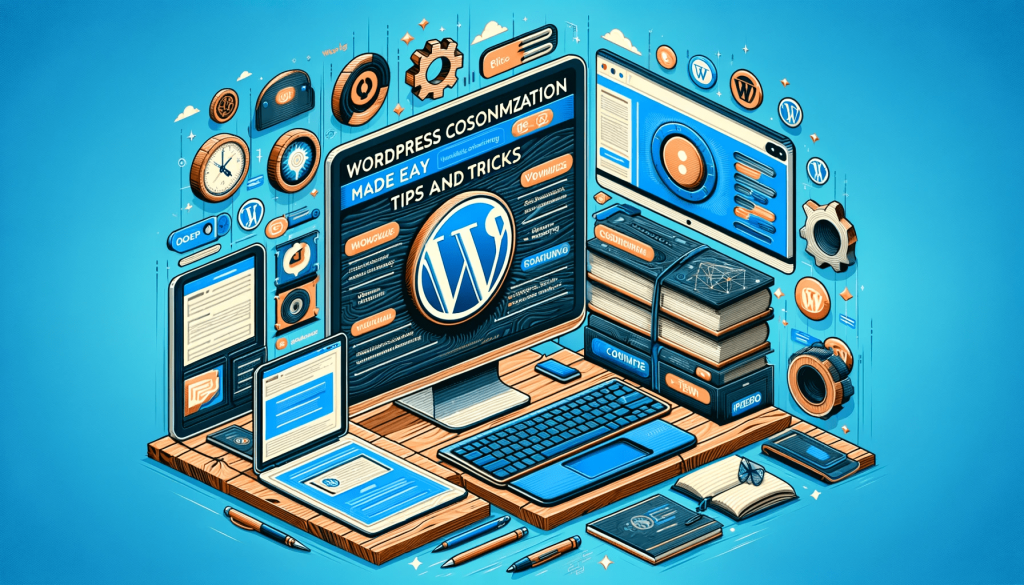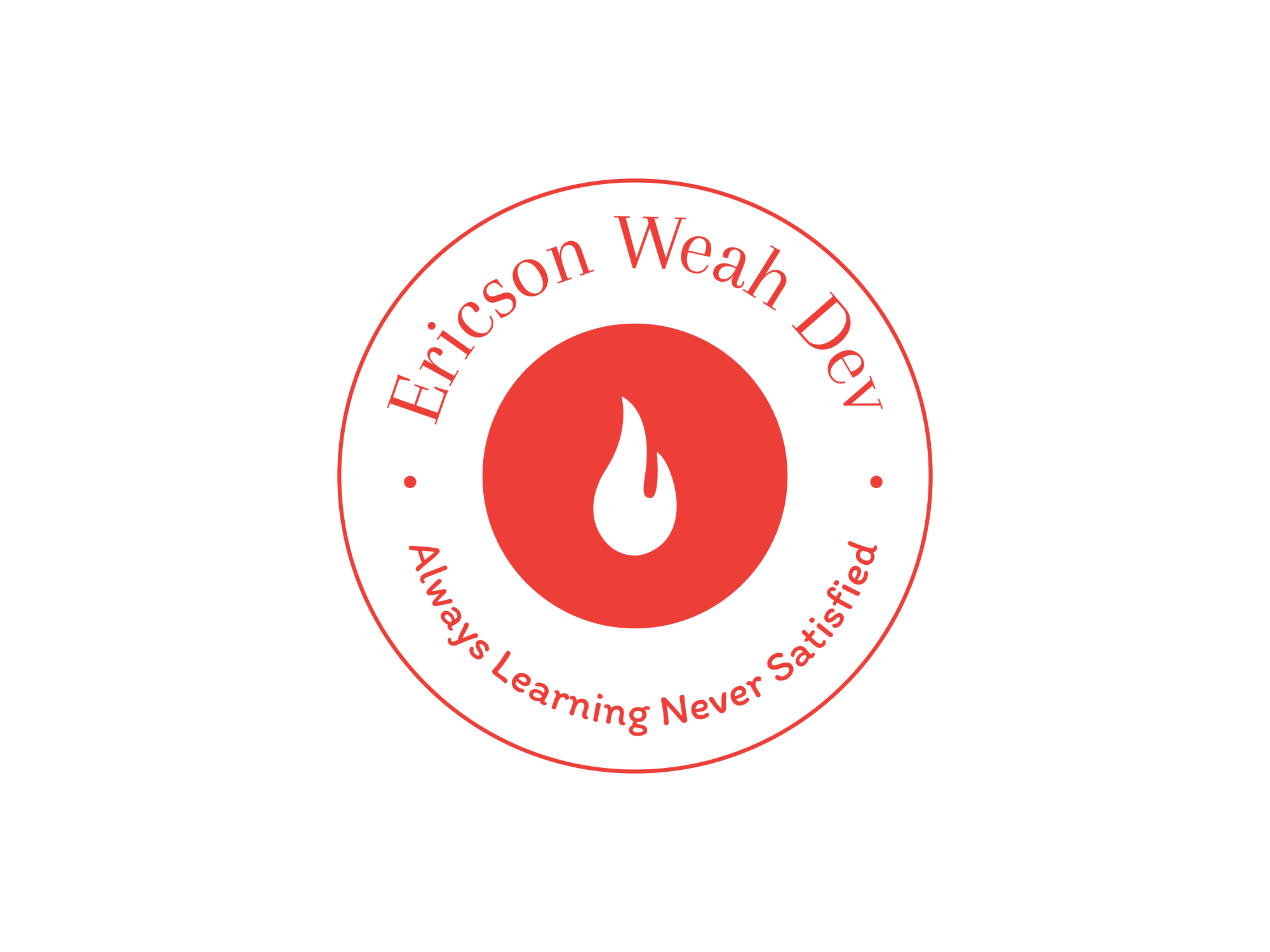WordPress Customization Made Easy: Tips and Tricks

WordPress is renowned for its flexibility and power as a content management system, making it the go-to platform for businesses of all sizes. Its vast array of customization options allows you to tailor your website to meet specific business needs and create a unique user experience. In this blog post, we will explore essential tips and tricks for customizing WordPress to unlock its full potential.
Introduction
The ability to customize WordPress extensively is one of its standout features. Whether you want to enhance functionality, improve user experience, or align your website with your brand, WordPress offers numerous tools and techniques to achieve your goals. This article will guide you through the essential aspects of WordPress customization, from choosing the right theme to optimizing performance and security.
The Importance of Customizing WordPress
Customizing WordPress is crucial for creating a website that not only looks good but also functions efficiently. By tailoring your site to your specific needs, you can enhance user experience, increase engagement, and ensure your site stands out in a crowded digital landscape. Customization allows for greater flexibility, enabling you to add features and functionalities that align with your business objectives.
Essential Tips and Tricks for WordPress Customization
Choosing the Right Theme
Selecting the right theme is the foundation of any WordPress customization project. Here’s what to consider:
- Criteria for Selection: Choose a theme that aligns with your brand identity and functional requirements. Ensure it supports the features you need.
- Evaluating Theme Quality: Look for themes with high ratings, positive reviews, and good support. Ensure the theme is responsive and works well on all devices.
- Popular Customizable Themes: Themes like Astra, GeneratePress, and OceanWP are highly customizable and come with extensive support.
Customizing the Theme
Once you’ve selected a theme, it’s time to make it your own:
- Using the WordPress Customizer: The built-in Customizer allows you to change colors, fonts, and layout without touching any code.
- Advanced Customization with Child Themes: Create a child theme to ensure your customizations are preserved during theme updates. This involves creating a new directory in your themes folder and adding a
style.cssandfunctions.phpfile. - CSS Tweaks: Use CSS to make fine-tuned adjustments. For instance, you can change the font size or color of specific elements.
Leveraging Plugins
Plugins extend the functionality of WordPress significantly. Here’s how to choose and use them effectively:
- Must-Have Plugins: Essential plugins include Elementor for page building, Yoast SEO for search optimization, and WooCommerce for e-commerce functionalities.
- Choosing Reliable Plugins: Check reviews, ratings, and update frequency to avoid conflicts and ensure compatibility.
- Recommended Plugins: Consider plugins like Beaver Builder and Advanced Custom Fields for enhanced customization capabilities.
Custom Post Types and Taxonomies
Custom post types and taxonomies help manage unique content types beyond standard posts and pages:
- Creating Custom Post Types: Use code or plugins like Custom Post Type UI to create custom content types such as portfolios or testimonials.
- Setting Up Custom Taxonomies: Organize content more effectively with custom taxonomies. Plugins like Pods can simplify this process.
- Example Code:
php
function create_custom_post_type() {
register_post_type('portfolio',
array(
'labels' => array(
'name' => __('Portfolios'),
'singular_name' => __('Portfolio')
),
'public' => true,
'has_archive' => true,
'rewrite' => array('slug' => 'portfolios'),
)
);
}
add_action('init', 'create_custom_post_type');
Customizing Navigation Menus
User-friendly navigation is crucial for a good user experience:
- Designing Intuitive Menus: Ensure your menus are easy to navigate and logically structured.
- Adding Custom Links: Include links to categories, custom post types, and other important pages.
- Using Mega Menus: For complex site structures, use plugins like Max Mega Menu to create multi-column dropdown menus.
Optimizing for Performance
Performance optimization is vital for user satisfaction and SEO:
- Speeding Up Your Site: Implement caching, image optimization, and minimize HTTP requests.
- Performance Plugins: Use plugins like WP Rocket for caching and Smush for image optimization.
Enhancing Security
Security should be a top priority for any WordPress site:
- Essential Security Measures: Use strong passwords, enable two-factor authentication, and keep your site updated.
- Security Plugins: Plugins like Wordfence and Sucuri offer comprehensive security features.
- Regular Backups: Use plugins like UpdraftPlus to schedule regular backups.
SEO Customization
Optimizing your site for search engines is crucial for visibility:
- SEO Techniques: Use descriptive titles, meta descriptions, and alt text for images.
- SEO Plugins: Yoast SEO and Rank Math help manage on-page SEO elements.
- Creating SEO-Friendly Content: Focus on quality content that addresses user intent and includes relevant keywords.
Customizing the Dashboard
A personalized dashboard can improve admin efficiency:
- Personalizing the Interface: Use plugins like Admin Menu Editor to customize the admin menu.
- Managing User Roles: Assign appropriate roles and permissions to different users.
- Code Snippets:
php
function custom_dashboard_widget() {
wp_add_dashboard_widget('custom_help_widget', 'Site Support', 'custom_dashboard_help');
}
function custom_dashboard_help() {
echo '<p>Welcome to your custom dashboard! Need help? Contact the site admin.</p>';
}
add_action('wp_dashboard_setup', 'custom_dashboard_widget');
Real-World Case Studies
Example 1: E-Commerce Customization
A local boutique used WooCommerce and Elementor to create a seamless online shopping experience, boosting their sales by 40%.
Example 2: Business Website
A consulting firm customized their site using Advanced Custom Fields to showcase client testimonials and case studies, leading to a 25% increase in client inquiries.
Business Benefits of WordPress Customization
Customizing WordPress can lead to improved user engagement, brand consistency, and operational efficiency. Tailored solutions can better meet business goals, enhance the user experience, and streamline content management processes.
Practical Tips for Ongoing Maintenance
Regular Updates
Keep WordPress core, themes, and plugins updated to benefit from the latest features and security patches.
Testing Changes
Use staging environments to test new customizations before deploying them to your live site.
Continuous Learning
Stay updated with the latest WordPress developments through blogs, forums, and courses.
Resources for Further Learning
- Articles: WPBeginner, Smashing Magazine
- Courses: Udemy, Coursera
- Communities: WordPress.org, Stack Overflow
Conclusion
Customizing WordPress offers endless possibilities to create a website that meets your business needs and enhances user experience. By following these tips and tricks, you can unlock the full potential of WordPress, driving engagement and achieving your business goals. Embrace customization to make your WordPress site truly unique and effective.
With this guide, you are well on your way to mastering WordPress customization. Start exploring these techniques today to elevate your website to new heights.






 and then
and then
Responses